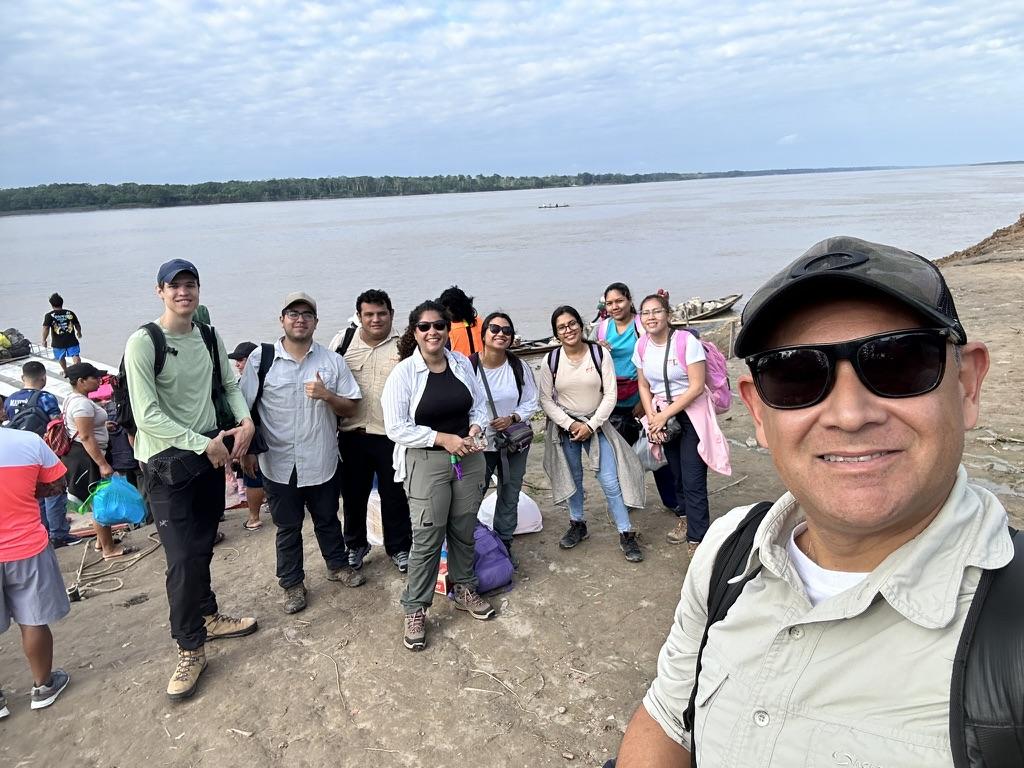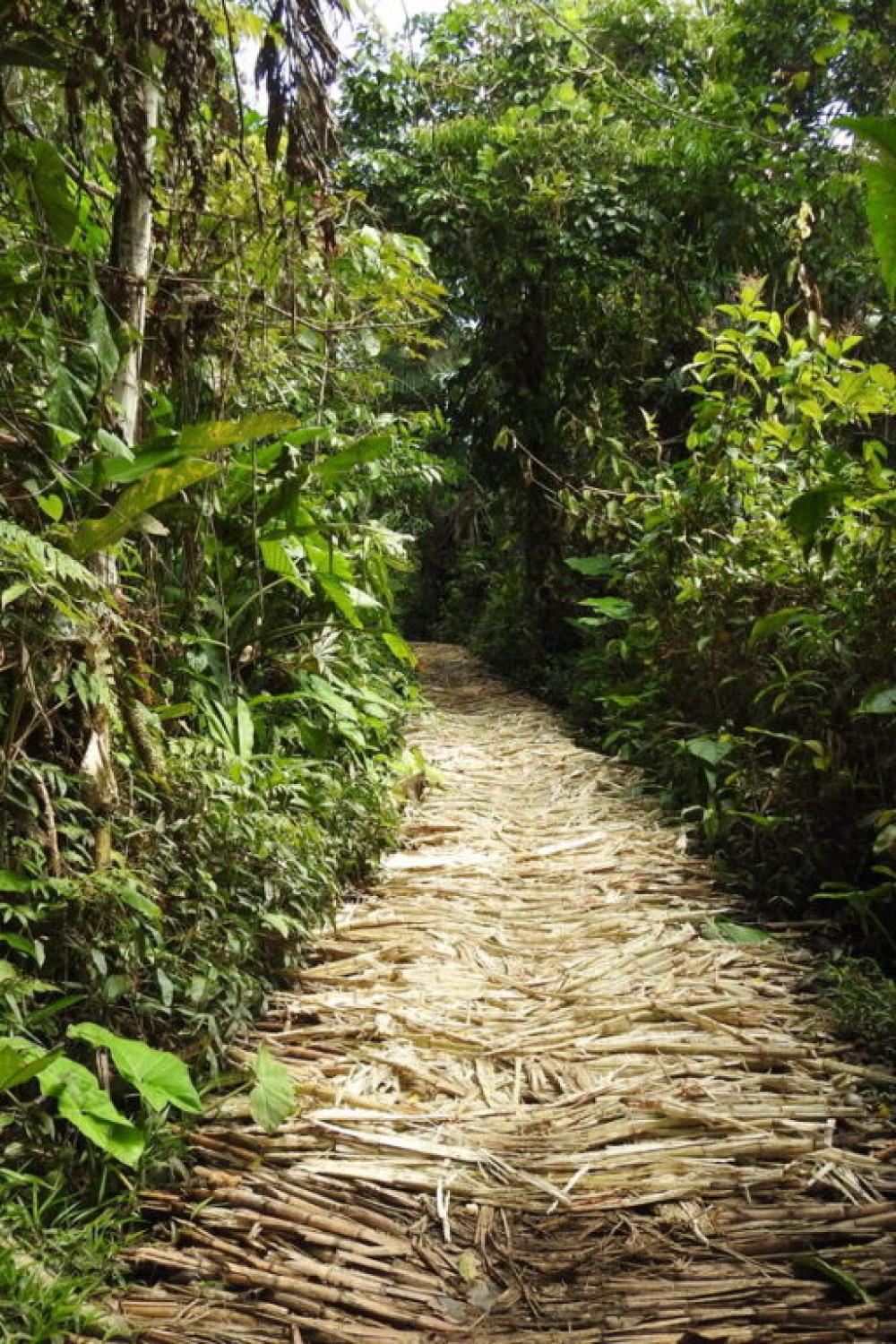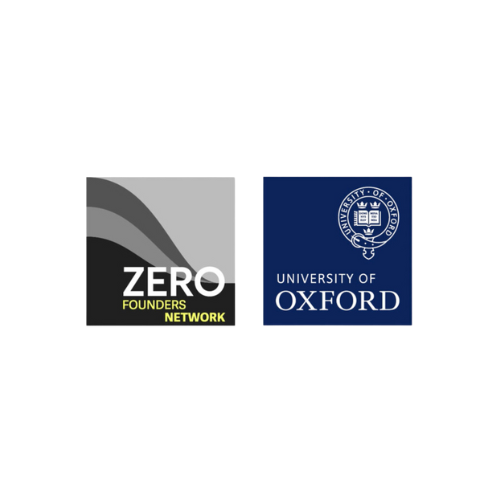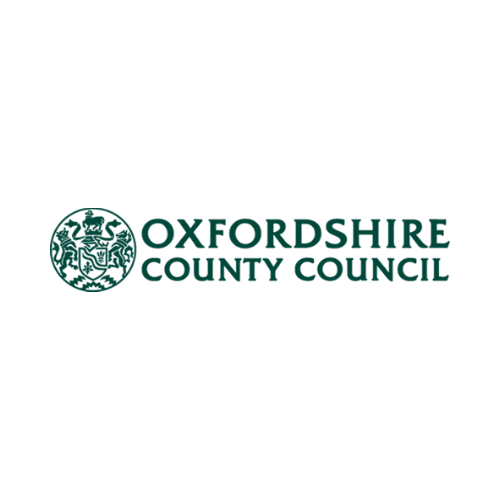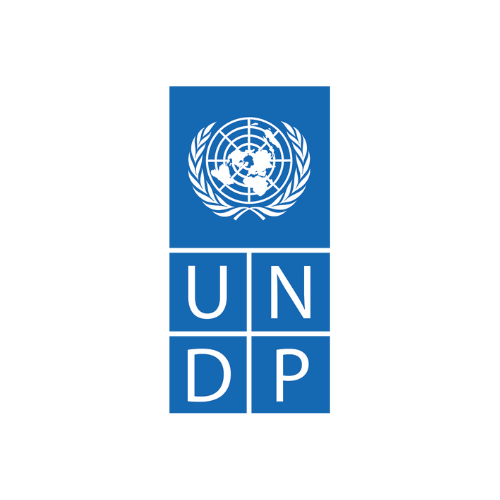Partner: Green Gold Forestry (GGF)
Programme: GGF Fellowship Programme 2024
Fellows: Pepe Weischer and Rafaela Viana Dos Santos

Research Aims and Rationale
The project aimed to develop a framework for assessing Green Gold Forestry’s (GGF’s) contribution to Sustainable Development Goal (SDG) 8: Decent Work and Economic Growth. GGF operates in the Peruvian Amazon, fostering sustainable forest economies through non-timber forest products (NTFP) in areas previously logged. This initiative helps conserve the rainforest and improves local livelihoods by creating jobs and providing training. The primary goals were to create a framework for GGF to measure the tangible impact of its activities at a standardised level for SDG 8, and to fine-tune the framework with input from stakeholders during a field trip. Ultimately, this would provide a blueprint for GGF and its partners to evaluate the contribution of different activities under various engagement scenarios. The project’s relevance is grounded in its contribution to SDG 8, particularly in Loreto, where economic and environmental sustainability are critical.
Research Approach
The study had three main components. First, it aimed to map and measure GGF’s impact on local communities through qualitative focus groups and quantitative household surveys. The key performance indicators (KPIs) aligned with SDG 8 were evaluated and adjusted during the desk-based research phase. This mixed-methods approach offered a holistic view of GGF’s contributions. Second, the Fellows developed an updated Theory of Change (ToC) to outline GGF’s intended impact from inputs and activities through to outputs and outcomes. Lastly, data was gathered during a field visit to six communities, four of which participated in GGF’s projects, while two served as control groups. These communities, located in GGF’s Napo 1 and Napo 2 concessions, face significant socio-economic challenges, including high poverty and environmental degradation.
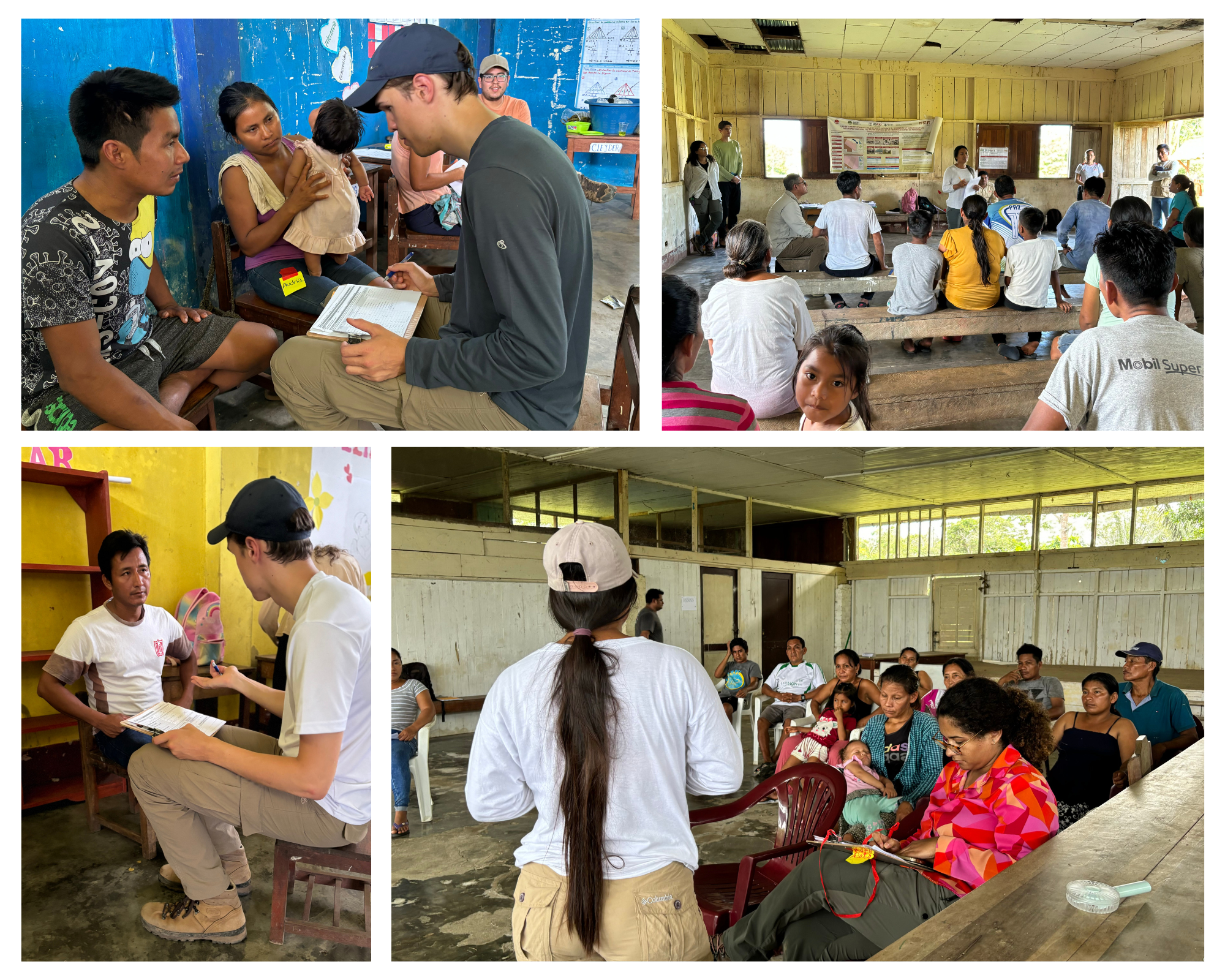
Key Findings and Outputs
The surveys and focus groups conducted across six communities, involving 65 households from both GGF participants and control groups, provided crucial insights that helped refine the household survey and interview questionnaires. The results showed improvements in income levels and employment opportunities, particularly for younger workers. However, disparities were noted in the participation of women in leadership roles and governance. Focus group feedback was largely positive regarding GGF’s training programmes, which led to increased professional skills and the development of sustainable forest enterprises. The questionnaires were refined based on community feedback, making them more contextually relevant. The refined ToC and impact framework, aligned with SDG 8 indicators, now offer a comprehensive view of GGF’s long-term impact on economic growth and community wellbeing.
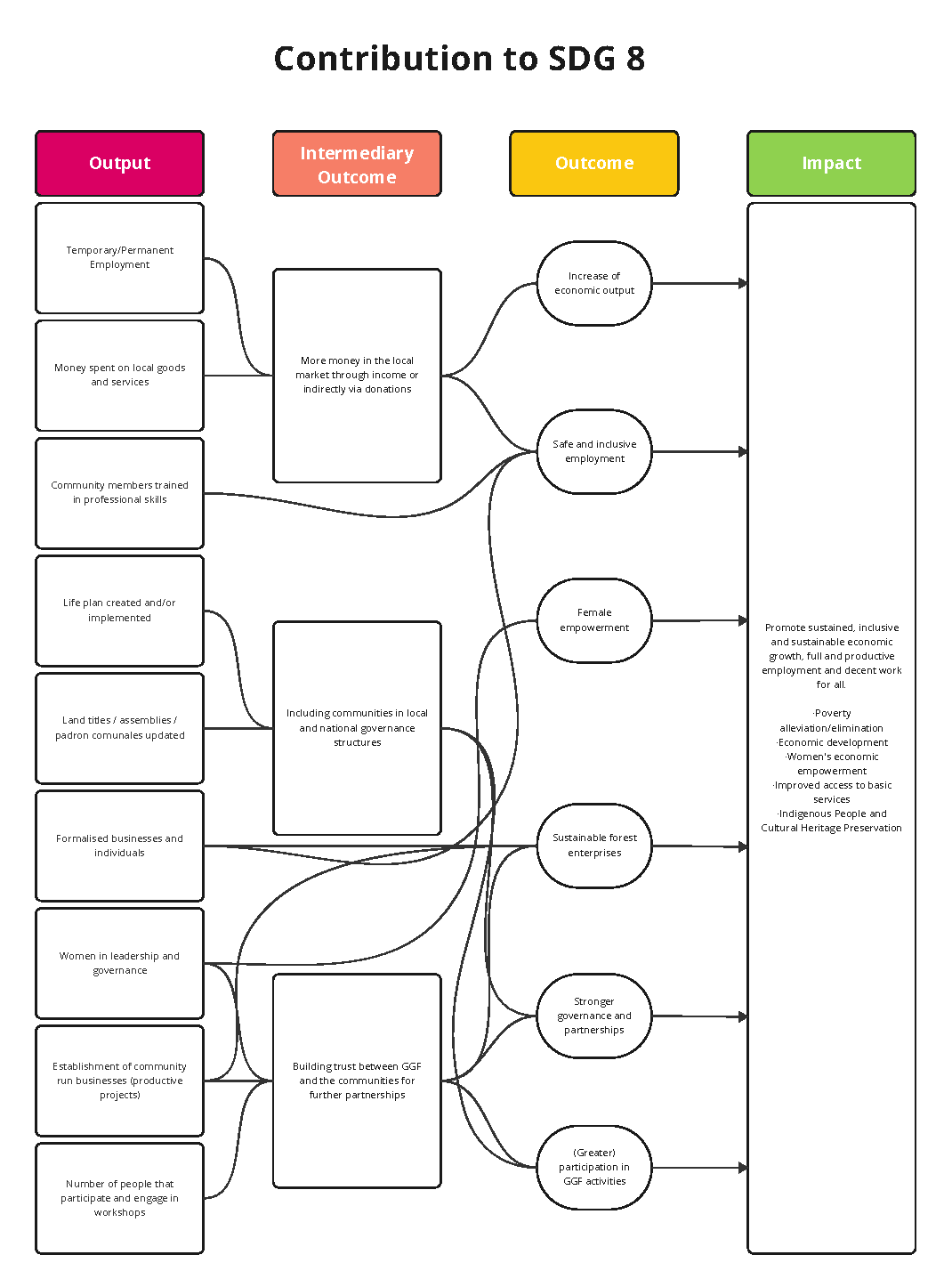
Implications and Applications
The Fellows developed a comprehensive questionnaire, household survey, and ToC to capture GGF’s role in creating sustainable economic opportunities in the Peruvian Amazon. The introduction of formalised businesses and expanded training programmes aligns with SDG 8, promoting decent work and economic growth. The research also provided recommendations on how to conduct future surveys and use the ToC, alongside relevant KPIs for periodically assessing GGF’s impact on communities, both within and outside its concessions.
Conclusion
Further research presents opportunities to scale up GGF’s training programmes and deepen partnerships with international organisations. The use of the ToC and impact measurement framework will enable GGF to monitor its contributions to SDG 8 more effectively. These tools will be vital for scaling GGF’s impact and sharing insights with similar initiatives globally.
